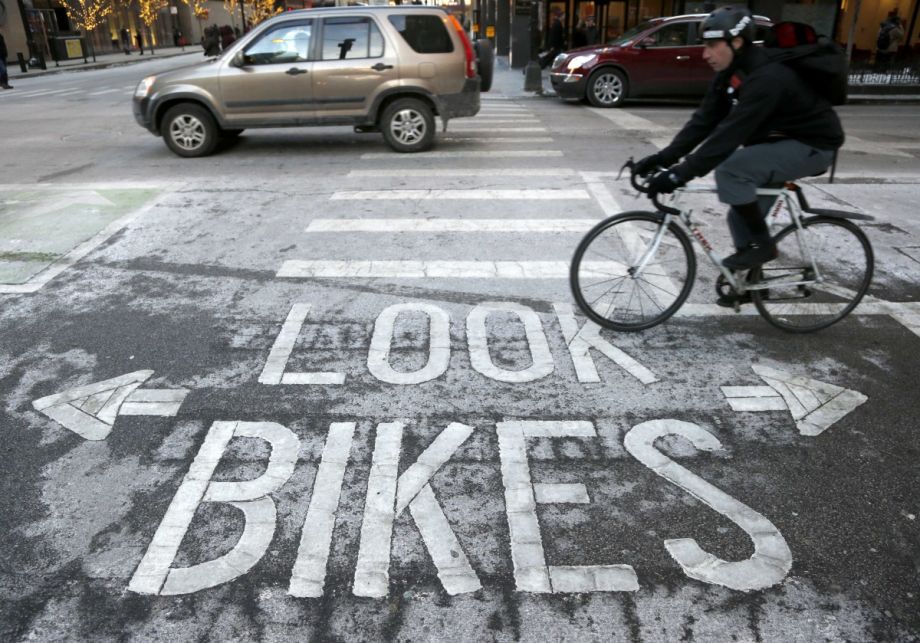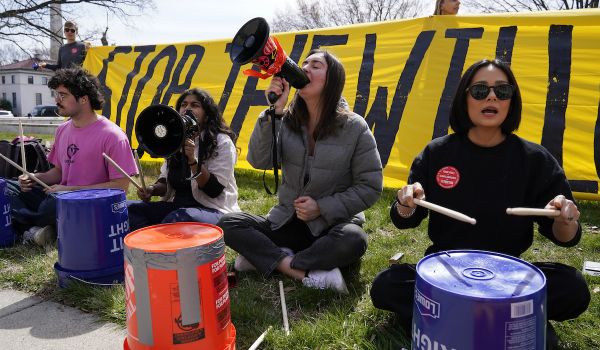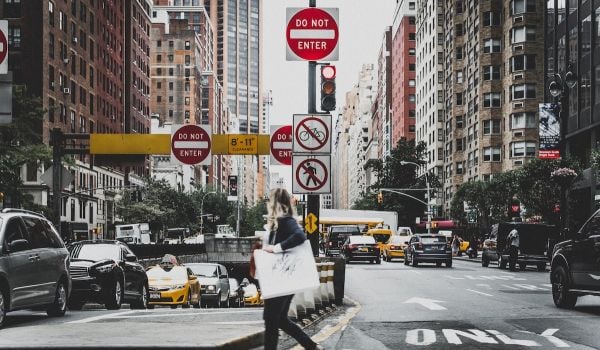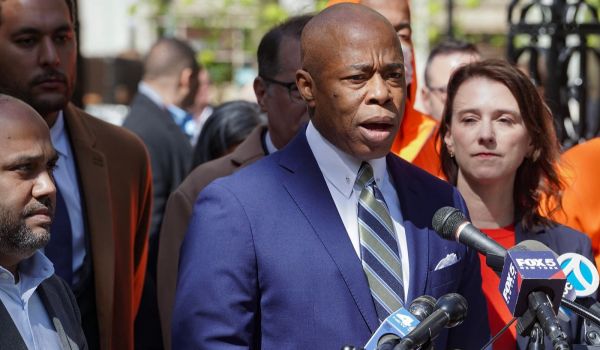Local bike and pedestrian planners have long had a complicated relationship with the federal Department of Transportation. It is often incredibly difficult to pay for ambitious infrastructure projects without the U.S. DOT’s help, but because the feds haven’t yet codified much of those ambitious, next-generation street designs, ambitious municipal projects are ineligible for funding.
At least that’s the story risk-averse engineers like to tell advocates and their bolder colleagues. But in a recent attempt to change attitudes, the Federal Highway Administration (FHWA) published a laundry list of common funding and design misconceptions aimed at local and regional planners.
The report highlights five major funding misconceptions. The FHWA points out that federal funds can, in fact, be used for protected bike lanes, road diets and local road networks. Cities and states can also draw from far more funding sources for biking and walking projects than just the Transportation Alternatives Program (TAP). The DOT also provides walking and biking funding via channels such as the Congestion Mitigation and Air Quality Improvement Program, the National Highway Performance Program and more.
American Association of State Highway and Transportation Officials design guidelines have long been the federal standard, but the DOT report reminds people that they’ve endorsed other options as well. Perhaps most important for ambitious active transportation planners, projects designed using the progressive NACTO (National Association of City Transportation Officials) Urban Bikeways Design Guide are still eligible for federal funding.
Though these are simply clarifications of existing rules, this report nonetheless is an important step forward for streets planning that could clear the path for more and better bike and pedestrian infrastructure. Having the federal government tell risk-averse local bureaucrats to be more creative with their projects and use more federal money seems huge.
To get a better sense of what exactly this could mean for city transportation planners, I put the question to two traffic engineers, Don Pflaum with the City of Minneapolis and Dongho Chang with the City of Seattle.
“Nationwide it is [a big deal],” says Pflaum. “Any time the federal government provides clarity on an issue that’s a good thing. You may have a more conservative engineer who rides on standards who says they won’t sign off on something that doesn’t perfectly follow guidelines.”
Chang echoes Pflaum’s sentiments.
“This report provides more education and removes that barrier where something’s unknown. Some people don’t want to try something new unless it has acceptance. When U.S. DOT says, ‘this is approved and here’s some examples,’ it helps to get everyone on the same page,” Chang explains.
That said, neither of them think the report will make a difference for bigger agencies like theirs that have already installed protected bike lanes and other next-generation infrastructure.
“This definitely helps the smaller agencies that don’t have the resources or expertise,” says Chang. “Larger agencies like Seattle are fairly familiar with the requirements and flexibility … But this is really furthering the conversation and helping the profession at large.”
Ultimately, Pflaum says the guidelines expand the range of tools available to engineers, which will help cities implement the best infrastructure for a given situation.
“Sometimes the crescent wrench gets the job nine times out of 10. Sometimes you need that special wrench to get the problem done,” Pflaum says. “Anytime we get more options or more tools in the tool box that’s great.”
The Works is made possible with the support of the Surdna Foundation.

Josh Cohen is Crosscut’s city reporter covering Seattle government, politics and the issues that shape life in the city.
Follow Josh .(JavaScript must be enabled to view this email address)

















